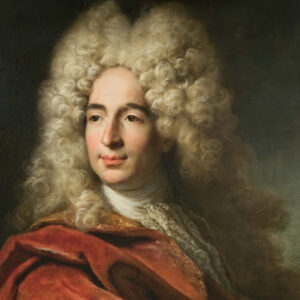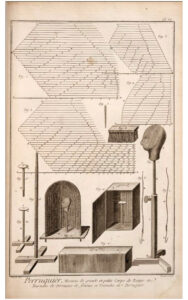We all love a great wig on a bad hair day. Or when we don’t have the patience for braiding or money for a salon visit. But have you ever stopped to think about where wigs came from? Our why our forefathers wore them?
Like so much in history, it was necessity that inspired invention. As our alternative hair timeline proves.
3400 BC: The First Wig Ever
Some have argued that wigs were born around 2700 BC—despite having no evidence to prove it. However, there ARE multiple reports of Egyptians wearing wigs in 3400 BC to protect their scalps from the scorching desert sun.
Most Egyptians chose to go bald rather than sweat when out of doors. But a shiny, polished pate wasn’t a “look” back then. They, therefore, used wigs to remain presentable.
The surprisingly varied materials used to make wigs included:
Human Hair: With Egyptians shaving their heads, the elites bought the hair and had it crafted into wigs to match their natural hair. (Like today, these were
Animal Fur: The choice of the middle class—and the equivalent of today’s synthetic fibers—fur wigs were made of sheep wool or horsehair mixed with human hair. This made them appear more natural while remaining affordable.
Plant Fibers: The cheapest option was favored by the lower class, (Though Plant fibers were also used to bulk up more expensive wigs.)
The rise of wigs created the new practice of hairdressing—and inspired a new age of creativity. By the end of the 16th Century, the Egyptians had come with cap wigs, which they called the perruque.
17th & 18th Century: The White-Colored Wig
It was Louis XIV devotion to wigs that inspired a new golden (or should we say “white”) era. After years of employing up to 48 wig makers to craft hairpieces that would hide his disappearing curls, the King shaved his head and went “full-on wig”.
Wigs quickly became a trend and way to measure social status. High-profile individuals had at least two sets of wigs; full wigs for meetings and petite wigs for home. The lower class couldn’t afford wigs, so they styled their hair to appear like wigs.
It was out of this obsession with status that the white-colored wig was born. It was the invention of hairdressers looking to give wigs an even more glamorous look. Husbands wore white wigs to appear even older than their wives, which was considered fashionable.
19th Century: The Great Commercial Wig Market
A commercial wig industry emerged as more and more hairdressers set up workrooms—collecting/combing natural hair and throwing it into a “hackle” (whose metal teeth would straighten it). To preserve the straightened hair, the hairdressers boiled it in water and soda for hours before drying it. And hardened clay or wood tool (bigoudis) were used to curl the hair to order.
When there was no shaved hair to collect, wig makers went to a LITERAL hair market to find women willing to sell their hair. Eventually, they imported hair from China, India, and Japan (which they boiled in nitric acid to remove the vermin and color before selling it).
20th Century: The Rise of Hair Extensions
Extensions became a popular way to add volume to hair AND curls to hairstyles. Women went as far as collecting stray hairs from combs to “extend” their hair. And hair extensions were behind the classic beehive and heavy fringed looks of the ’60s. In the 80s, synthetic extensions offered even more possibilities, followed by clip-in extensions in the ‘90s.

Priced about 1/3 less, our exclusive EnvyHairTM blend makes the high-end look and feel of Human Hair more accessible than ever. (Shown: ABBEY in Toasted Sesame.)
21st Century: The Global Wig Community
The latest era of wigs has introduced a host of innovations, including capless and lace front designs. There are better machines to make wigs and more ethical ways to source human hair. Varied price points make alternative hair available to almost anyone. Wigs are a believable solution to alopecia, a game changer for those undergoing chemo, and a growing means of self-expression.
Will the coming decades find us shaving our heads and wearing wigs full-time? Odder things have happened. But in one way or another, wigs are here to stay.
Discover ENVY’s many wig innovations at envywigs.com.









